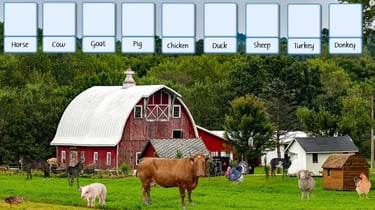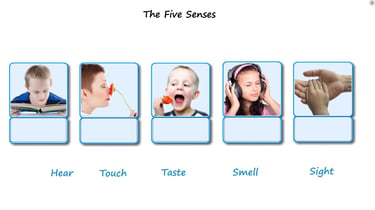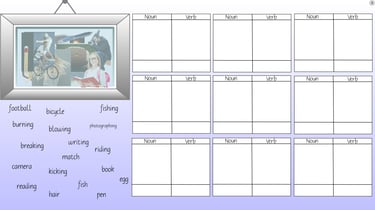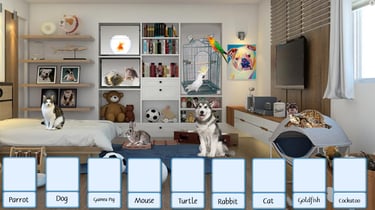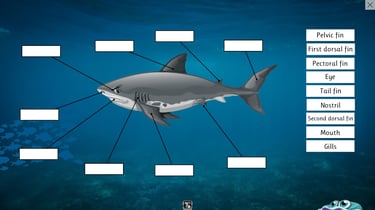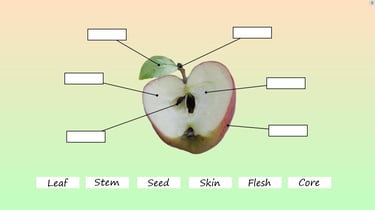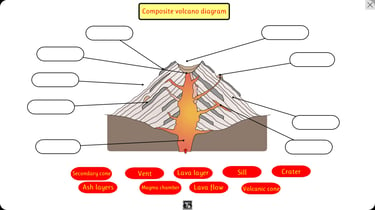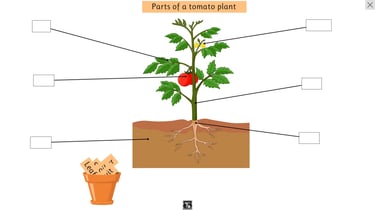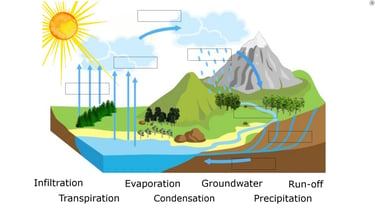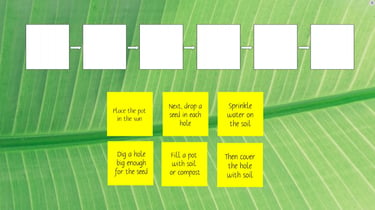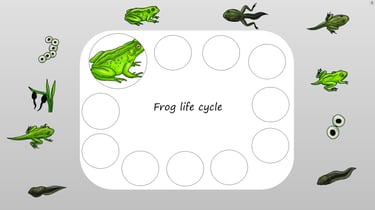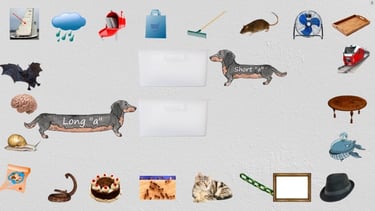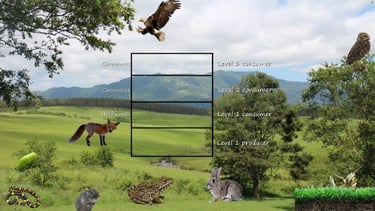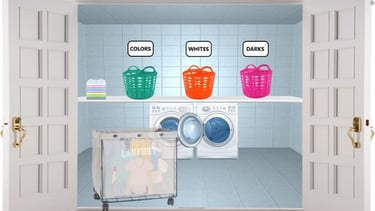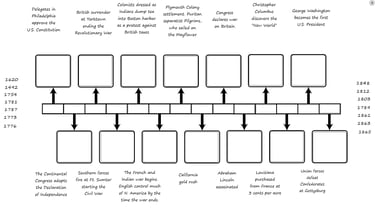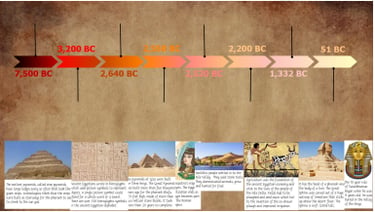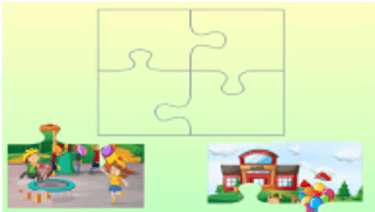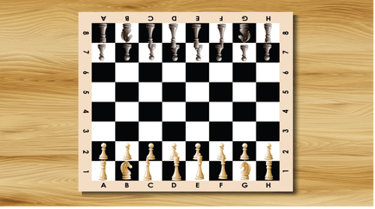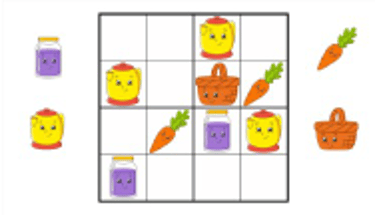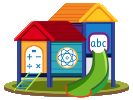
Our Activities
The activities are click and play, many have random functionality, some may be completed in a couple of minutes, some board game type activities will take longer. Single or multi-user, all are designed for touchscreens of any size, but can be used with a mouse.
LABEL ACTIVITIES
Students apply their understanding of a concept by identifying parts of a diagram. Diagrams support all learners by showing structure and associated terminology. Labeling a diagram requires applying knowledge of a concept. It is an effective form of self assessment, enabling students to check their own understanding. Labeling a diagram serves as useful feedback to a teacher too, as it provides information about what students understand and what they still need to learn. Diagrams range in complexity from very simple to deeply intricate, so labeling diagrams is an activity that is appropriate at all grade levels and in many subject areas. For example, at the early grades, students may be tasked with labeling the parts of a plant, while at upper grades they are challenged to label parts of a plant cell. The Activity Builder makes it easy to create your own activities!
Click to enlarge some sample labeling activities
MATCHING ACTIVITIES
Students match images and/or words based on content specific criteria to assess and build understanding of a topic. Matching requires students to evaluate, compare and match information based on explicit, topic-specific relationships. Matching tasks require understanding of conceptual relationships, such as “for example,” “compare/contrast,” and “cause and effect.” These tasks require either solid knowledge of the content or strong deductive reasoning skills. Evaluating and generalizing connections are the skills needed to complete matching activities and are relevant to all grade levels across the curriculum.
Click to enlarge views of some sample matching activities
SEQUENCING ACTIVITIES
Students will sort topic-related events or information in sequential order Sequencing refers to putting events or information in a specific order. The ability to sequence requires higher-order thinking skills, from recognizing patterns to determining cause and effect and more. Sequencing helps students understand and organize material they’ve learned as well as helps them solve problems. Sequencing can be practiced in every grade and is relevant across the curriculum. In reading, students use sequencing to recognize how a plot unfolds from beginning to middle to end. To conduct experiments in science students practice sequencing skills to follow steps and to identify changes over time. They also use sequencing skills to place information in a certain order, such as organizing planets from closest to furthest from the sun. And, perhaps most apparent, sequence is integral to history, where recognizing the effect of past events is essential to understanding what happened after and why.
Click to enlarge some sample sequencing activities
SORTING ACTIVITIES
Students will sort images or text objects into logical groups Common everyday activities that involve sorting are the beginning concepts of children developing math skills. Children continue sorting and classifying by organizing their understanding of language, people and objects in their environment. By sorting, children understand that things are alike and different as well as that they can belong and be organized into certain groups. Getting practice with sorting at an early age is important for numerical concepts and grouping numbers and sets when they're older. This type of thinking starts them on the path of applying logical thinking to objects, mathematical concepts and every day life in general.
Click to enlarge some sample sorting activities
TIMELINE ACTIVITIES
Students use timelines to categorize similar or related events into themes, eras, and topics. Timelines help children understand the chronology of historic events, and help them situate newly encountered events and figures in relation to those they’ve already studied. They provide a visual aid for identifying cause and effect relationships between events, and a visual prompt to activate prior knowledge. They allow children to recognize how historic events, eras and topics overlap in time.
Click to enlarge some sample timeline activities
GAMES AND PUZZLES
Children love playing. Games and puzzles are not just a means for relaxation, but also an opportunity for learning. Puzzle games sharpen spatial visual intelligence. The ability to recognize and understand shape, size, color and space are sharpened through playing games and puzzles. Games sharpen memory. They train memory when the children try to recall patterns, words and positions. Puzzle games sharpen fine motor skills, training hand/eye coordination used in daily activities such as writing or drawing. Puzzles and games sharpen the ability to find solutions to problems and children will get used to solving problems with a creative mindset. Puzzles and games may also train social skills. Parents may choose a type of activity that requires cooperation with others to solve it. Children will learn about patience, cooperation and about taking turns. We offer a variety of games and puzzles: jigsaws, memory games, crosswords, dice games, patterns and math puzzles.
